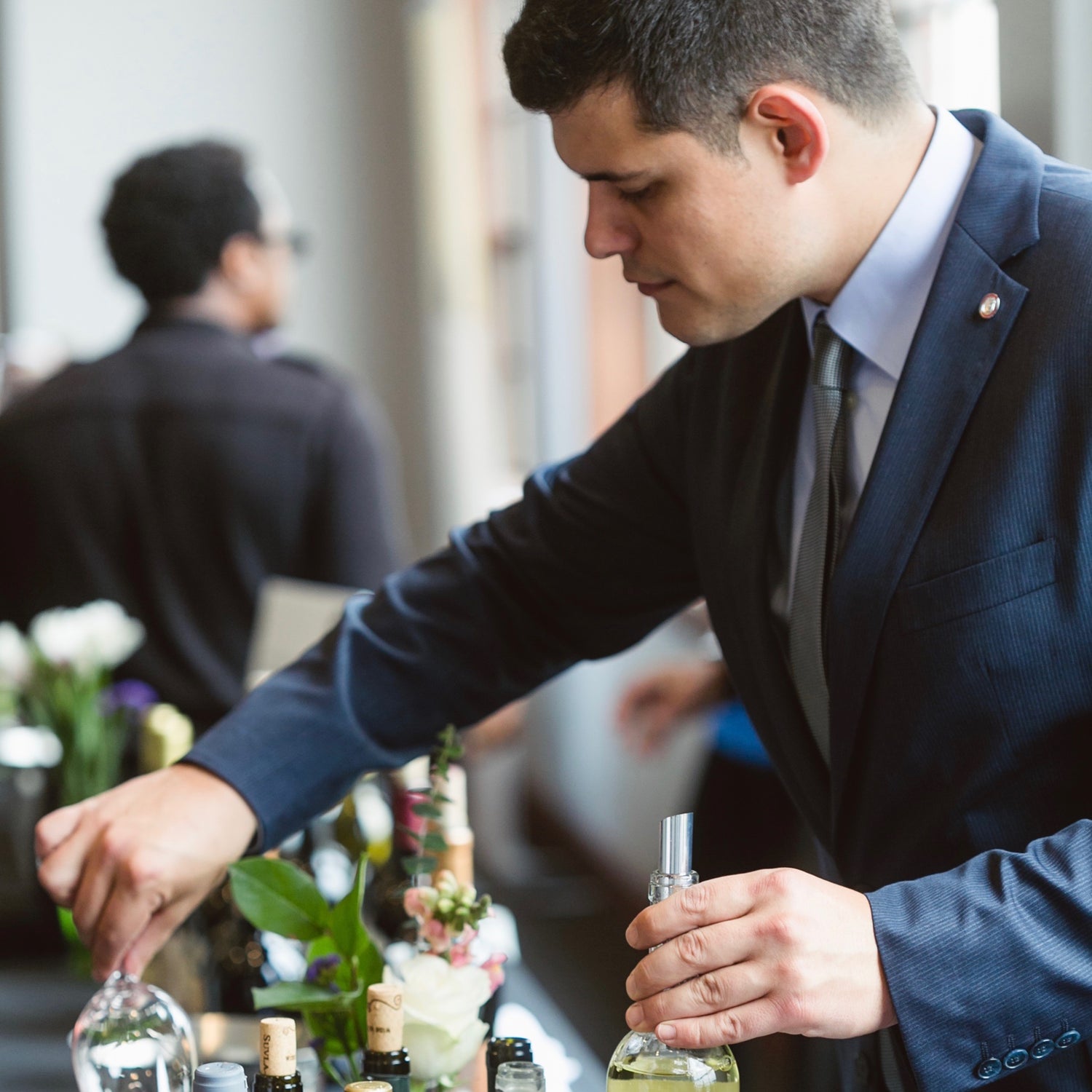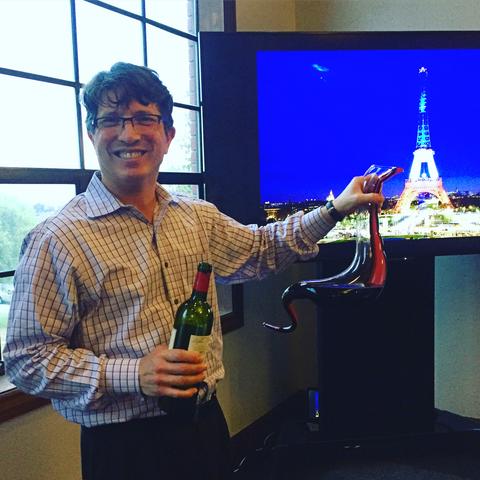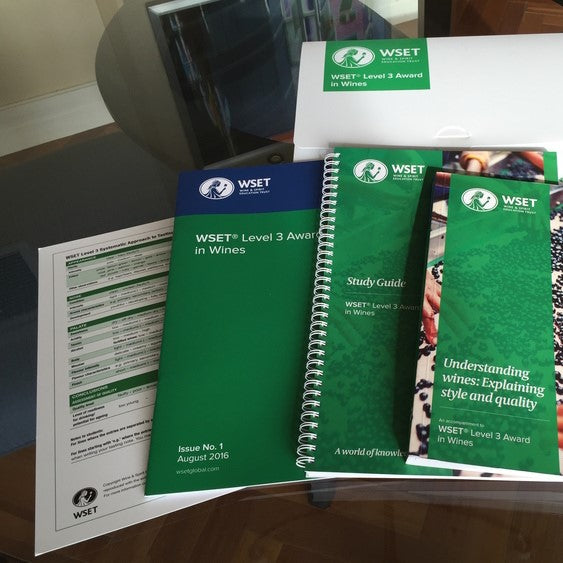Undercapitalization is the primary reason for restaurants failing within the first year. But it’s not as simple as that. Creating realistic budgets and long-term projections to determine how much money to raise and what rent you can afford is the starting point. Sticking to those budgets and managing for profit is also key. Many restaurant managers and wine directors got their jobs due to their knowledge of food and wine and passion for service, but budgeting, pricing and inventory control are not emphasized enough. If they are over budget on beverage costs they just raise the prices instead of looking for product loss or other problems. And customers feel the squeeze. Unhappy customers lead to declining cover counts, which is a slippery slope.
Make your wine program both passionate and profitable. San Francisco Wine School’s Wine Program Management course covers marketing, staff training, customer service, beverage law, vendor relations and more. Students learn to set wine program budgets, price their product in order to hit budget and manage their inventory looking for all forms of shrinkage (spills, breakage, spoilage, theft, over-pouring and unrecorded comps). The Court of Master Sommeliers has recognized these as an area of weakness for many sommeliers and has increasingly tested on the business of wine in the last several years. More importantly, the return on investment in the program can improve your bottom line and even save a struggling business. Learn more and register for the full program or individual workshops within it.



